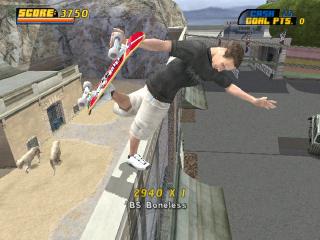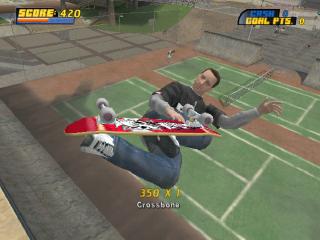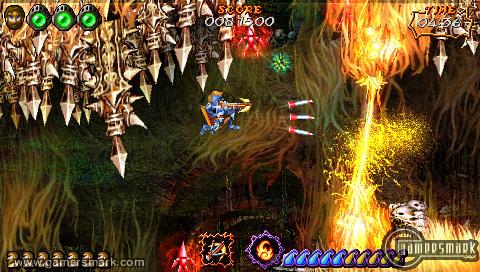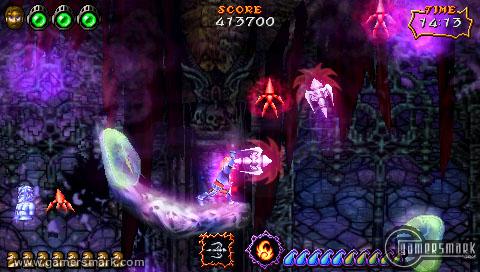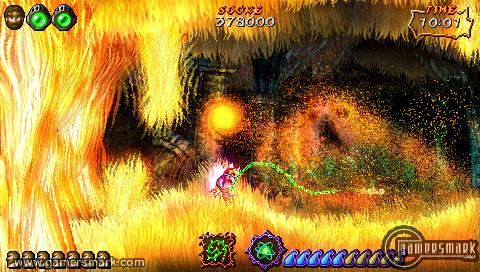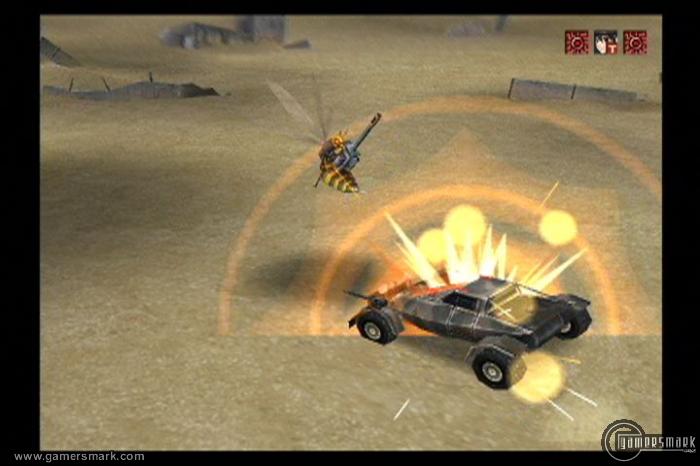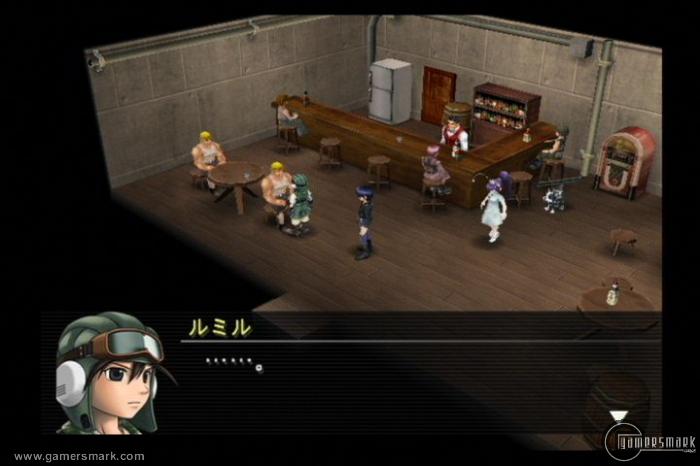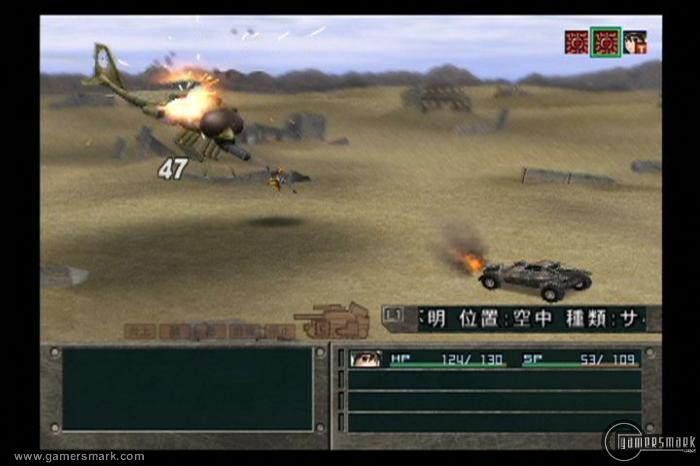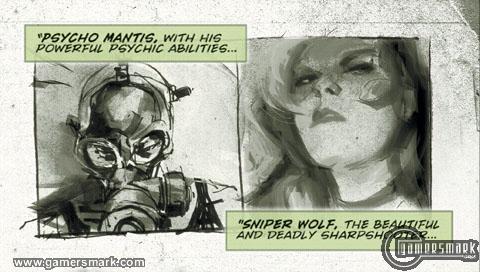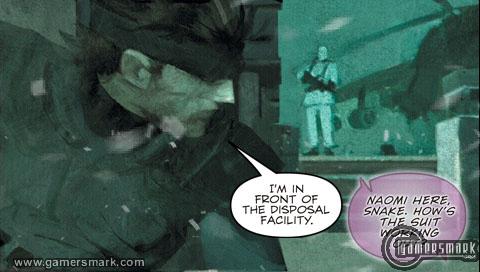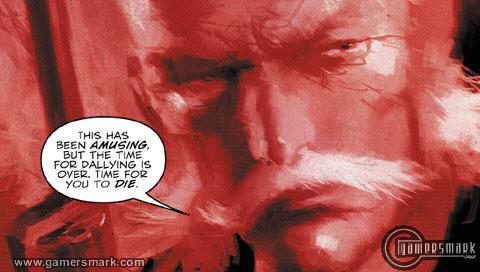Developer: Crafts & Meister / Publisher: Atari || Overall: 8.0/10
Lots of Dragon Ball Z games have hit the market since the series burst into popularity, but Super Dragon Ball Z for the PS2 (an arcade conversion) takes the series in a different direction than what has been accomplished in the past. Super Dragon Ball Z is a much more simplistic and traditional fighter than what has been seen with the Budokai series. It accomplishes this by only offering three modes of play, Original, Survivor, and Versus modes. Furthering the idea of simplicity, gameplay is reliant on only four different buttons.
Developed by new studio Crafts & Meister, which happens to be headed by the producer of the Street Fighter Alpha series, the similarities between Super Dragon Ball Z and traditional fighters are very apparent. First of all are the types of ways to play the game. You can play a traditional arcade mode in which you go against different opponents all the way up to Cell in the final battle. It’s nothing that hasn’t been seen before, but the arenas you’ll fight in are multi-layered, as well as adequately capturing the feeling that you’re actually fighting in locations from the television show. In this mode, you’ll occasionally get a Dragon Ball from defeating an enemy. As all patrons of the TV show should know, there are seven Dragon Balls to collect, and once you have them all you can use them to wish for new characters or new abilities for your custom character.
A major part of Super Dragon Ball Z relies on having “Character Cards.” A character card is basically the way you build a customized character with the game. A customized character entails the somewhat unique combination of abilities that the initial character you chose out of the up-to-eighteen characters (five are unlockable) that are included in the game. As your character gains experience and collects more Dragon Balls, they will grow in strength and gain new abilities that are chosen from a skill tree that is unique to each character. Acquiring Dragon Balls also offers new abilities that would not be acquirable through the regular skill tree. There is also the possibility of “skill inheritance” in which you can learn a skill from another character card you have built up. With up to thirty character card slots, a large part of the game’s playability comes in building up all the different fighters that are actually in the game, and motivates you towards furthering your characters’ development. Character cards also store the “BP” that your character is, which is the “strength reading” of a particular character. Though BP seems like it’s important, I could not find a benefit to gaining more other than that it keeps building up.
The Z Survivor mode requires you create a Character Card before playing. Survivor mode is no different than other games in that you keep facing enemy after enemy with the existing amount of health that you had at the end of the last battle you had. Each match is only one round long, so if you beat your opponent, you’ll be right on to the next. An added bonus from playing this mode is that there is very little loading – all the matches take place in the same arena, so you can work your way through a lot of matches in a relatively short time as compared to the Original arcade mode, not to mention excel your character faster. After each match in Z Survivor a “Bonus Roulette” will appear, allowing you to choose a prize, which can be a Dragon Ball, a stat increase for defense/attack, HP healing, experience boost, or a BP boost. Versus mode allows for play against a friend in standard best-out-of-three matches. A Training mode will also give you the opportunity to get used to a character or try out a special move so you can memorize how to use it, just like in many other fighters. It’s unfortunate that there is no mode that mixes three round matches and Survivor mode to allow for regular versus matches in succession of one another for as long as you may want to play, similar to the Kumite mode in Virtua Fighter 4.
As for the actual fighting mechanics, I found them to be solid in its simplicity. Though attacks are lumped into “Light Attack” and “Heavy Attack” you can use them in different combinations along with the analog stick to use all of your characters abilities to defeat your enemy. Guarding is mapped to the X button while jumping and flying is set to the O button. If you tap the O button while you’re jumping, your character can start to fly. However, this will use up stamina, which is represented by a blue bar at the bottom of the screen. If you press O and X together (or L2), you can perform a dash, which will allow you to get closer to your enemy. You can also perform a throw attack on your enemies, which is best used when your enemy is vulnerable after being vigorously slammed into a wall. Ki (energy) attacks are also relatively easy to perform, as well as using a character’s signature move(s). When using one of your signature moves, you’ll decrease the green Ultimate Gauge by a third. You can build up your Ultimate Gauge by laying the hurt into your opponent. The AI is relentless as you work your way up, and you’ll have to pull out all the stops you can, even if it means being “cheap.” With some time, the game can grow on you, as a challenge is presented to you and like in any other fighting game, you’ll want to meet and exceed the challenge that is presented by getting better with the fight mechanics.
Though the complexity of this fighter would have improved (as well as with its gameplay) if one button was assigned to each part of the body, the game leaves room for improvement in its current configuration. Because you only have two buttons to work with when it comes to attacking, there isn’t a very huge discrepancy in the attacks you’ll be choosing to use. While it’s not exactly easy to win every battle, you’ll have an easier time choosing the attacks you should use. One thing I also noticed is that there isn’t much running – characters will always fly through the air or propel toward their enemies.
The graphics in the game are quite pleasing – the cel-shaded look the game has mimics the anime as well as it can. Personally, it is really cool to be able to interact with characters from my youth’s obsession in such a way. Sound doesn’t get pulled off as efficiently, however. While the voices of all the characters are voiced by the original voice actors from the English dubbed version, they don’t say much that makes you appreciate that they’re really there. The sound effects sound like they’re straight from the anime, which is a good thing. The music included is fairly odd, as it plays against the action and goes more along with the environment than what may be happening on screen. The music isn’t very noticeable unless you pause the game for a period of time, because most of your attention will be on trying to defeat your enemy rather than the music.
Super Dragon Ball Z is a great arcade game when it stands on its own feet, but when compared to the finest of the genre, such as Virtua Fighter, Tekken, and Street Fighter, it can be seen as a bit lacking. Though it’s nice to see the Dragon Ball Z series be taken in such a traditional direction, there is a lot of room for the game to grow, especially when it comes to the fight mechanics. More modes of play would also be a welcomed addition in any sort of sequel that the game may have, as well. Super Dragon Ball Z ends up being a game that can please fans of the anime series as well as the previous Dragon Ball Z games.

